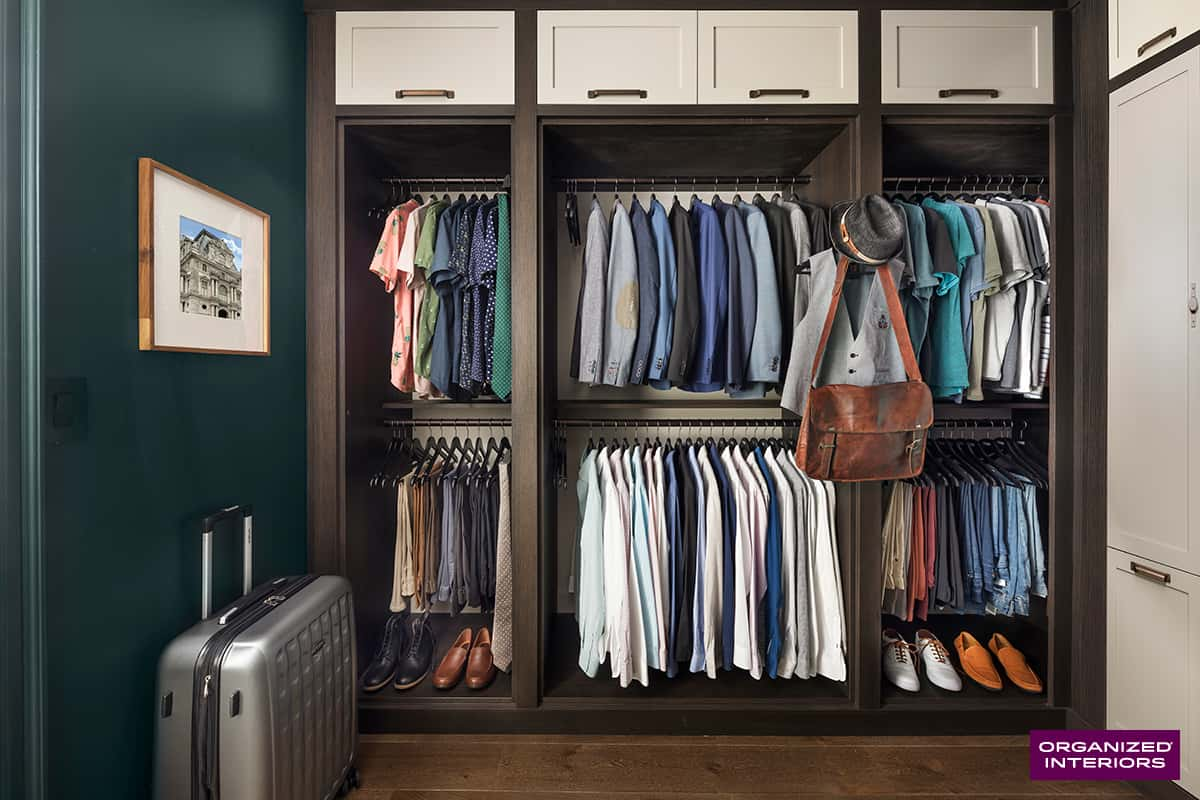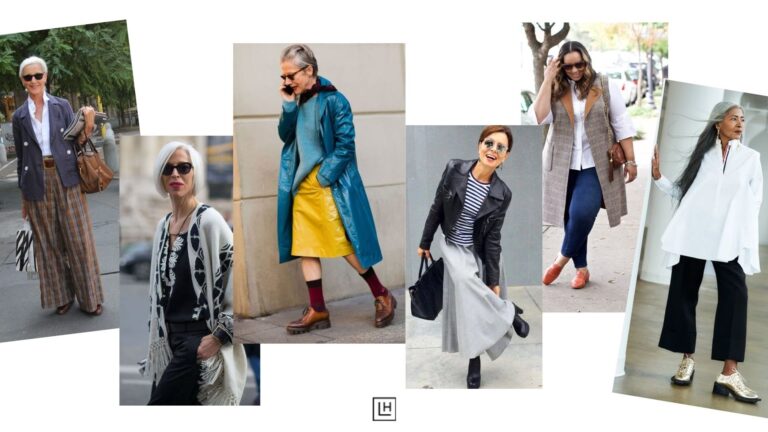Sustainability in fashion is no longer just a trend—it’s a necessity. A sustainable menswear wardrobe not only helps reduce environmental impact but also ensures that your clothing choices are ethical and long-lasting. By making smart, informed decisions about your purchases, you can create a wardrobe that is both stylish and sustainable. Here are ten ways to build a sustainable menswear wardrobe.
1. Invest in Quality Over Quantity
Fast fashion encourages excessive consumption, leading to waste and pollution. Instead of buying numerous cheap items, invest in high-quality pieces that will last for years. Well-made garments with durable stitching and premium fabrics are more cost-effective in the long run.
2. Choose Ethical and Sustainable Brands
Many fashion brands now focus on ethical production and sustainability. Look for brands that prioritize fair wages, sustainable materials, and responsible manufacturing practices. Certifications such as Fair Trade, GOTS (Global Organic Textile Standard), and B Corp can help guide your purchases.
3. Opt for Timeless Styles
Trendy clothing quickly becomes outdated, leading to unnecessary waste. Instead, build your wardrobe with timeless, classic pieces that never go out of style, such as tailored blazers, white shirts, selvedge denim, and leather shoes. These staples ensure longevity and versatility in your outfits.
4. Embrace Secondhand and Vintage Shopping
Buying secondhand or vintage clothing is a great way to reduce demand for new production while discovering unique and high-quality pieces. Thrift stores, online resale platforms, and vintage boutiques offer stylish options with a lower environmental footprint.
5. Prioritize Natural and Recycled Fabrics
Choose garments made from organic cotton, hemp, linen, and wool, as these materials are more sustainable than synthetic fabrics. Additionally, consider recycled fabrics, such as recycled polyester and upcycled materials, which help reduce textile waste and pollution.
6. Take Care of Your Clothes
Proper maintenance extends the lifespan of your clothing. Wash your clothes in cold water, use eco-friendly detergents, and air-dry whenever possible. Learning basic repairs, like sewing on a button or fixing a small tear, can also help preserve your garments.
7. Build a Capsule Wardrobe
A capsule wardrobe consists of a limited number of essential, versatile pieces that can be mixed and matched effortlessly. This approach not only simplifies dressing but also minimizes excessive consumption and waste. Stick to a cohesive color palette and multifunctional clothing items.
8. Avoid Overwashing
Frequent washing not only fades fabrics but also releases microplastics from synthetic materials into the water supply. Only wash clothes when necessary, spot-clean when possible, and consider using a microfiber-catching laundry bag to prevent pollution.
9. Support Local and Artisanal Brands
Buying from local and small-scale brands reduces carbon emissions associated with shipping and supports ethical craftsmanship. Many independent designers and artisans focus on sustainable production methods, using locally sourced materials and traditional techniques.
10. Dispose of Clothes Responsibly
When a garment no longer serves you, donate it, sell it, or recycle it instead of throwing it away. Many brands and organizations offer textile recycling programs that repurpose old clothing into new products, reducing landfill waste.
Final Thoughts
Building a sustainable menswear wardrobe is not about eliminating fashion choices but rather making mindful and responsible decisions. By investing in quality pieces, supporting ethical brands, and maintaining your clothing properly, you can create a stylish wardrobe that aligns with sustainability. Small changes in your shopping habits can make a significant impact, helping to reduce waste and promote a more sustainable future for fashion.




Leave a Comment